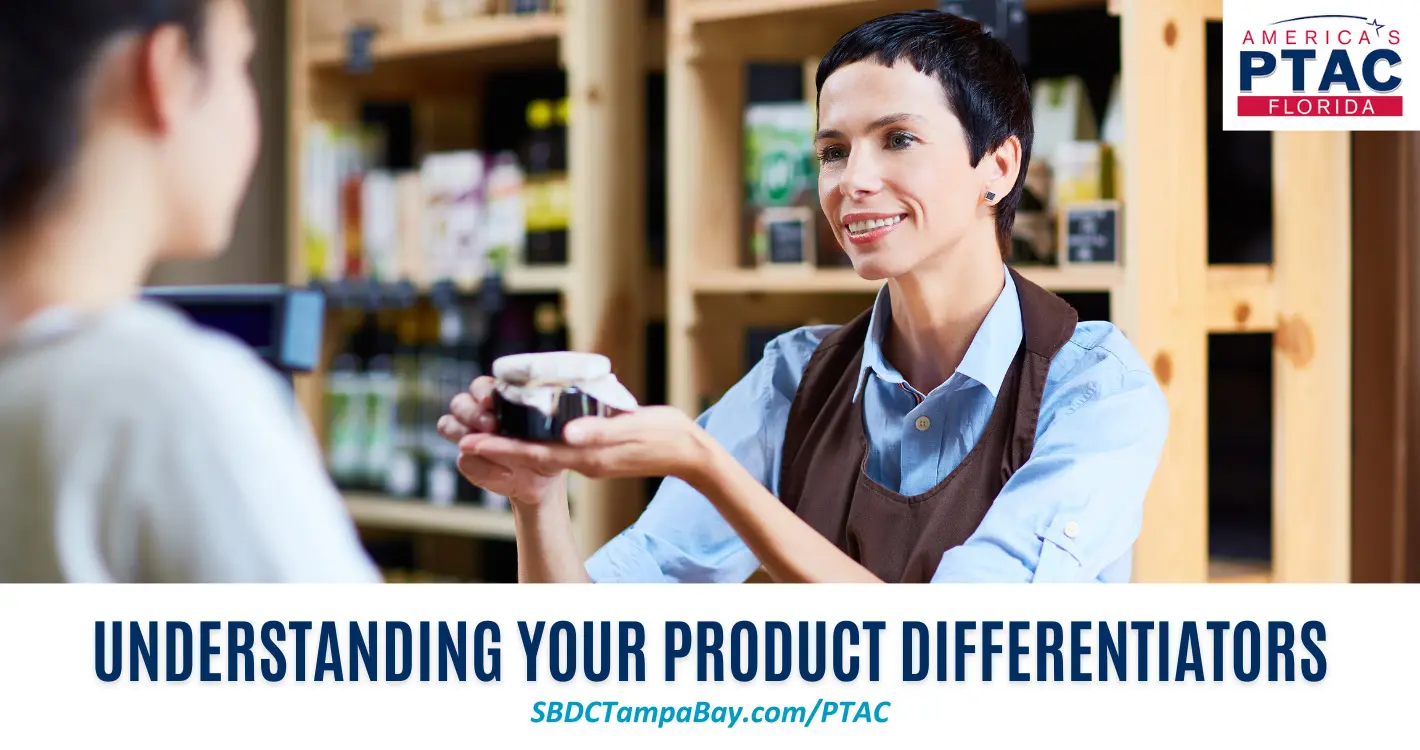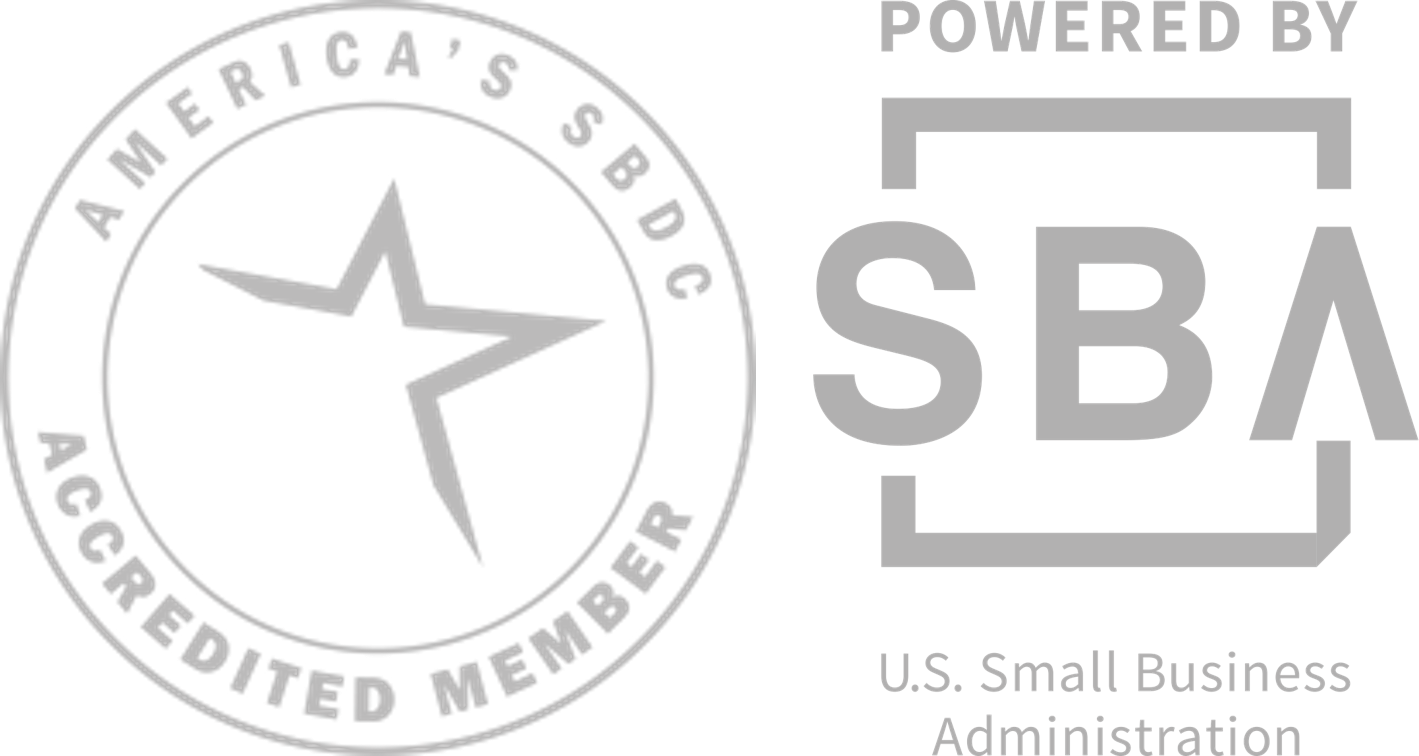Tips for Understanding Your Product Differentiators and Developing Proper Messaging
 by Yolanda Goodloe | February 16, 2023
by Yolanda Goodloe | February 16, 2023
Product messaging is important as it communicates the value and benefits of a product to potential customers. It is a key part of marketing a product and can help attract and retain customers by clearly explaining what makes the product unique and why it is worth purchasing. Effective product messaging can also help build trust with customers by providing them with the information they need to make an informed decision about whether to buy the product.
Understanding the difference between a product’s differentiators, features, and values is important because it helps you effectively communicate the value of the product to potential customers. Differentiators are the unique characteristics that set a product apart from its competitors. They are what make a product stand out and are a key part of its positioning in the market. On the other hand, features are the specific characteristics or capabilities of a product. They can be functional (e.g., a camera on a phone) or aesthetic (e.g., the design of a car). Lastly, values are the benefits or advantages that a product provides to its users. They may be tangible (e.g., cost savings) or intangible (e.g., increased productivity). By understanding these three elements, you can effectively communicate the value of your product to potential customers and differentiate it from competitors.
Product Differentiation
Product differentiation is a marketing strategy designed to distinguish a company’s products or services from the competition. Successful product differentiation involves identifying and communicating the unique qualities of a product or company while highlighting the distinct differences between that product or company and its competitors. Product differentiation is important because it helps businesses achieve the following:
- Stand out in the market: By differentiating their products businesses can make them more attractive to potential customers and differentiate themselves from their competition.
- Attract a specific target market: By focusing on specific features, or benefits, businesses can tailor their products to appeal to a specific target market.
- Charge higher prices: If a business can effectively differentiate its product from its competitors, it may be able to charge higher prices for it.
- Create customer loyalty: By offering a unique and valuable product businesses can foster customer loyalty and repeat business.
- Capture a larger market share: By differentiating their products businesses can attract new customers and increase their market share.
Product differentiation goes hand in hand with developing a strong value proposition so that a product or service is attractive to a target market or audience. Understanding your product helps you, as a business owner, in the following ways:
- Communicate effectively with customers: Clearly and accurately communicate your product’s value to potential customers.
- Identify your target market: Determine who your ideal customers are and how to reach them.
- Position your product in the market: Determine how your product compares to similar products in the market and how to position it to differentiate it from the competition.
- Identify opportunities for improvement: Identify areas where your product could be improved or enhanced, which can help you stay competitive in the market.
- Solve problems: Troubleshoot problems that may arise such as technical issues or customer complaints.
Understanding your product is essential for effectively marketing and selling it to potential customers. Product differentiation can be achieved through a variety of means, such as offering unique features or design, superior quality or performance, or a strong brand reputation. The goal of product differentiation is to make a product more attractive to consumers and to increase its market share.
Product Features
Product features are characteristics or attributes of a product that describe what it is and how it works. These are the technical aspects of a product that differentiate it from other products in the market. Product benefits, on the other hand, are the advantages or value that a product provides to its users. These are the ways in which a product helps to solve a problem or meet a need for the customer. For example, the features of a smartphone might include its screen size, camera quality, and operating system. The benefits of a smartphone might include its ability to stay connected with friends and family, access to a variety of apps and information, and convenience for communication and organization.
Product Value
It’s important to understand the difference between product features and product value, as customers are typically more interested in the value a product provides rather than its technical features. When marketing a product, it’s often more effective to focus on the benefits rather than just listing the features. Here are a few strategies for proper messaging to effectively communicate the value of your product to potential customers:
- Identify the benefits of your product: Clearly define the benefits of your product and how it solves a problem or meets a need for the customer.
- Use customer testimonials: Share testimonials from satisfied customers to show how your product has made a positive impact in their lives.
- Highlight any unique features: If your product has unique features or capabilities, make sure to highlight them and explain how they benefit the customer.
- Use storytelling: Use storytelling to bring your product to life and help customers envision how it would fit into their lives.
- Emphasize the quality of your product: If your product is of high quality, make sure to emphasize this to potential customers.
- Use comparisons: Use comparisons to show how your product compares to similar products in the market and why it is the better choice.
- Offer a guarantee: Offering a satisfaction guarantee or money-back guarantee can help customers feel more confident in their purchase decision.
By effectively communicating the value of your product, you can help potential customers see the benefits it provides and why it is worth investing in.
Overall, product differentiation is the process of distinguishing a product from similar products offered by competitors. It involves identifying the unique features and benefits of a product and highlighting them to potential customers to make the product stand out in the market. It can help businesses differentiate themselves from their competition and attract customers who are looking for something unique or superior. Thus, product differentiation is a necessary part of the marketing aspect the as it can be a key factor in the success of a product.




Yolanda Goodloe
Consultants, Cowart, Government Contracting Consultants, PinellasFlorida PTAC at Pinellas County Economic Development
Specialty: Procurement
Yolanda Goodloe has more than 20 years of experience in public service at the local and municipal levels. Early in her career, she worked as a human resources and relations professional while serving as a liaison to the business community and advocacy groups. Her prior experience includes being a human relations specialist for Lee County Government, and an equal opportunity director for the City of Fort Lauderdale. Her background combines public service and human relations experience with hands on leadership in equal opportunity, supplier diversity, business certifications programs, organizational training and development, and managing workforce diversity principles. Goodloe is the procurement specialist for the Florida PTAC at Pinellas County Economic Development. She connects businesses to resources and tools for state, local, and federal contracting opportunities. She is a Certified Procurement Professional (CPP), a Supply Chain Management Professional (SCMP), and a Certified Verification Counselor. She graduated from Florida State University with a bachelor of arts in political science and history.